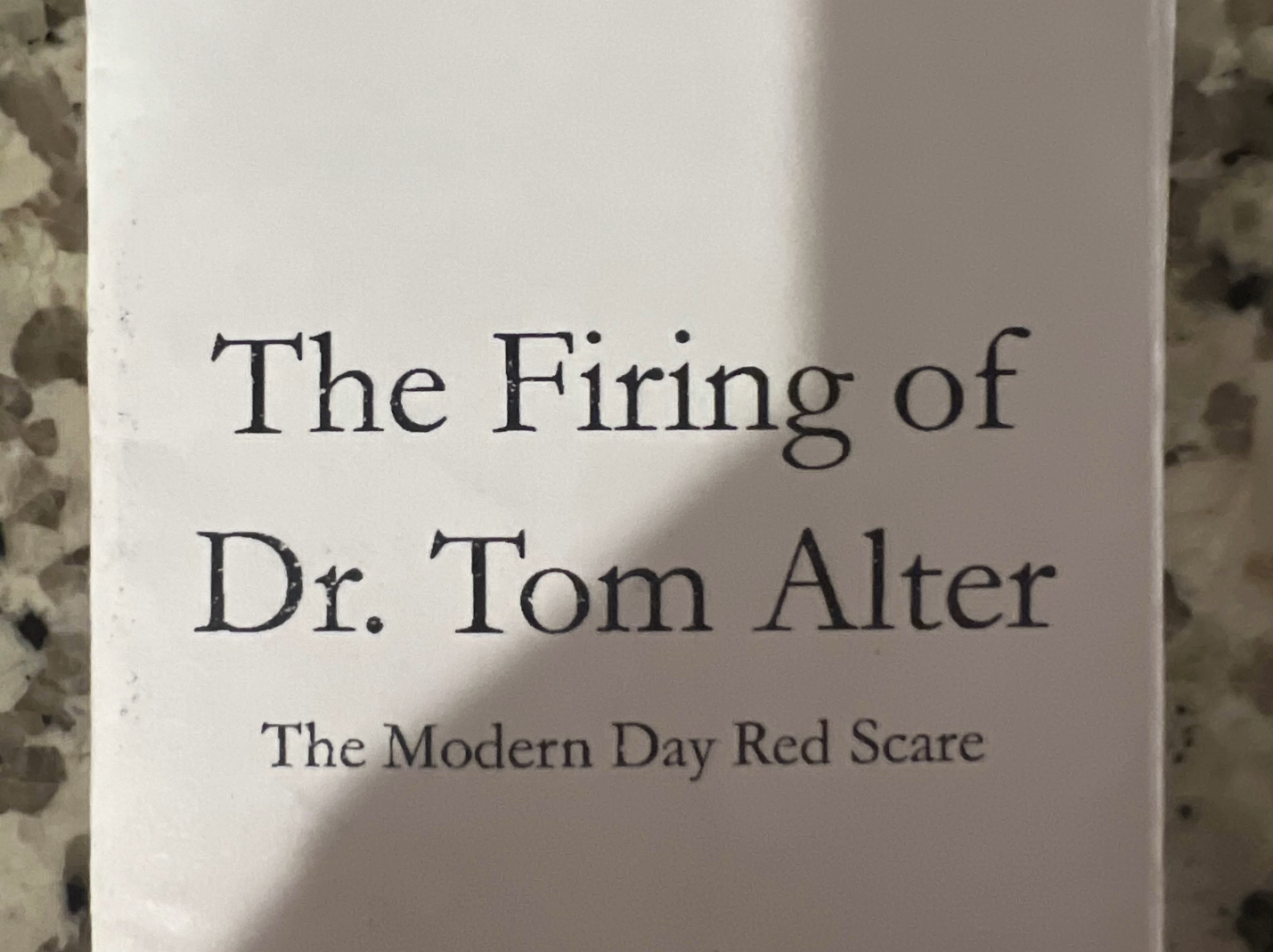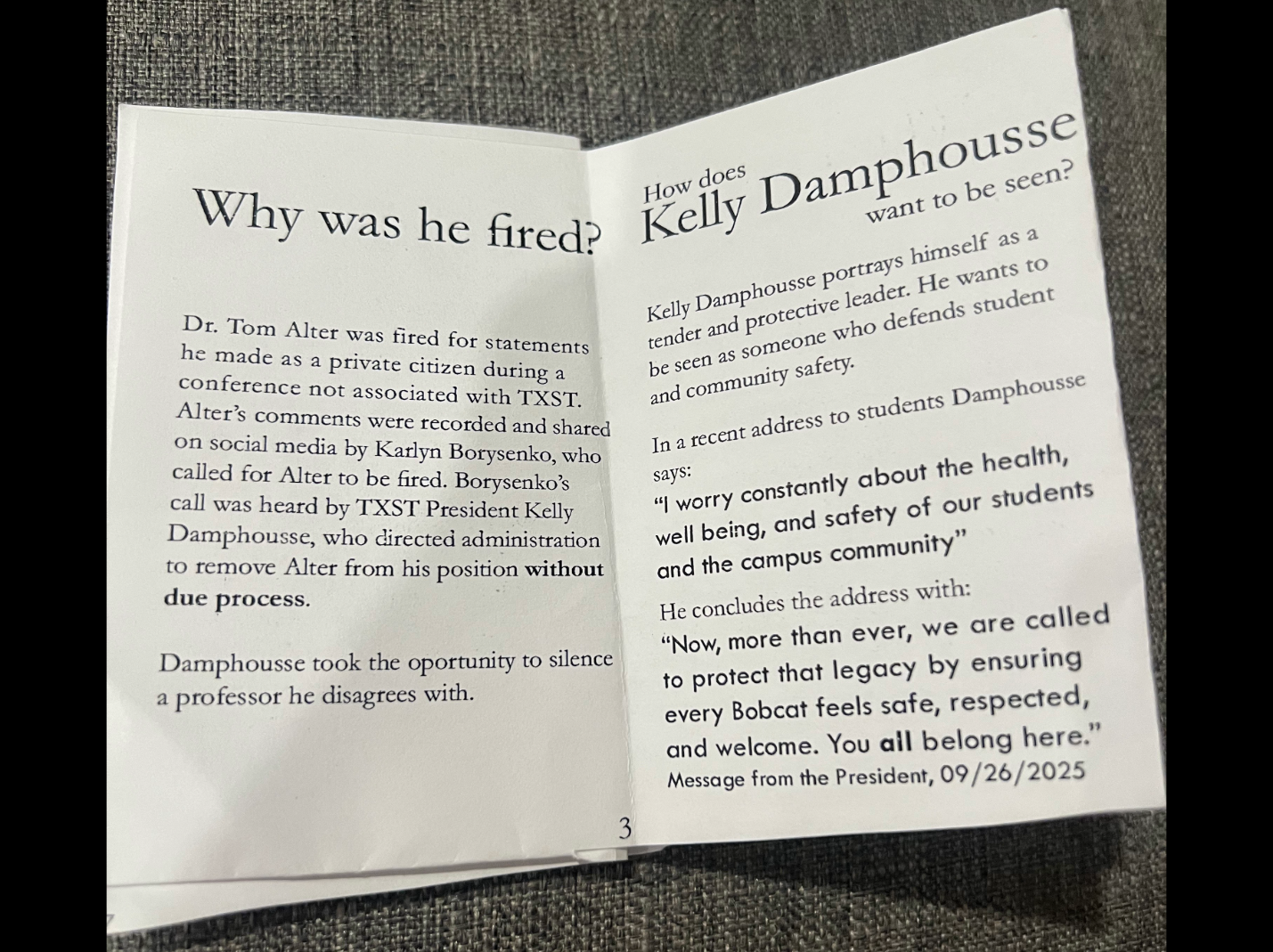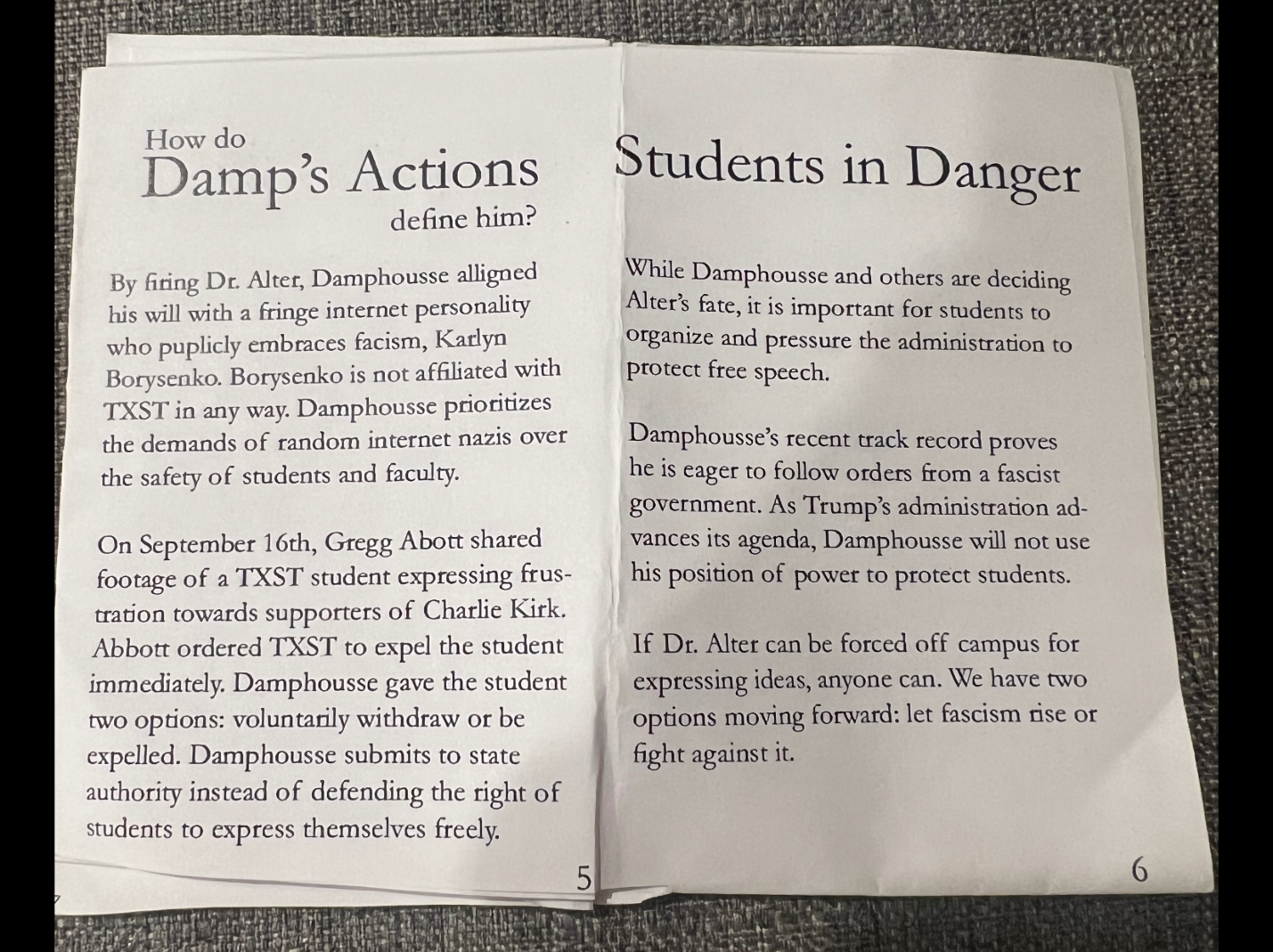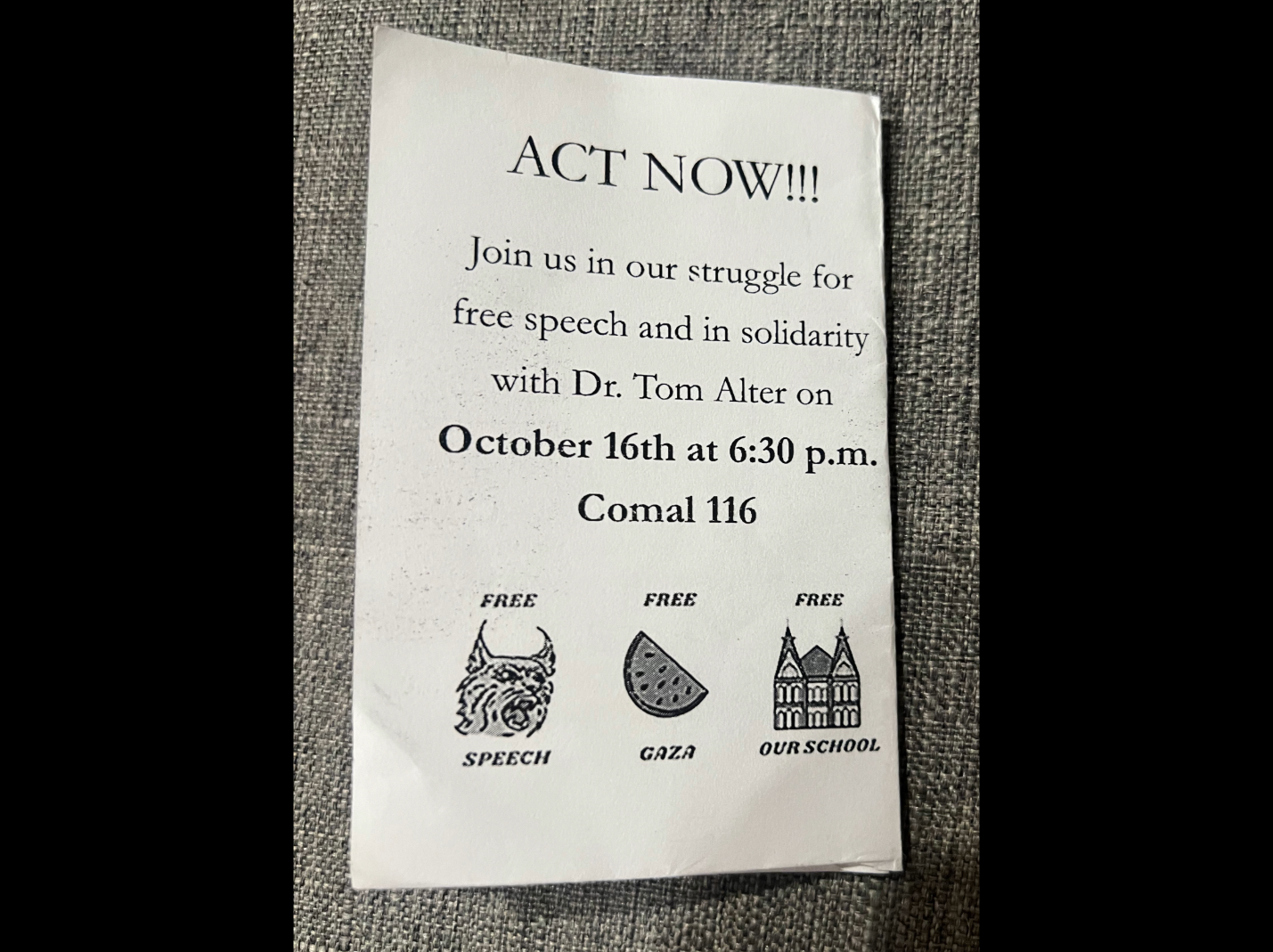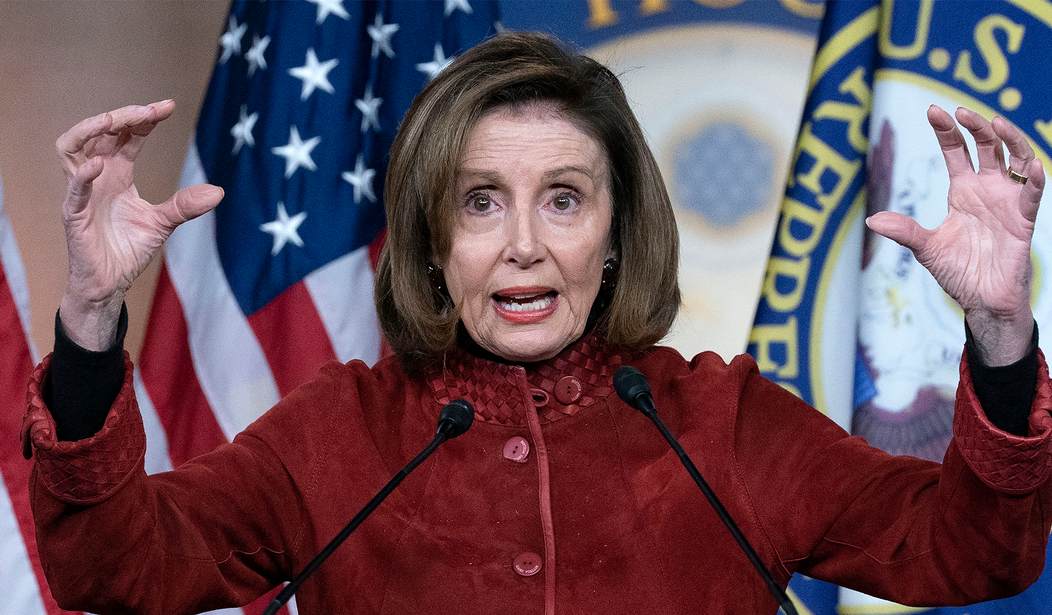Because of slavery and Jim Crow and too many movies like The Help, there was a point where I genuinely cared about the plight of black Americans in general.
But these days I’m a little picky. When people say “Black Lives Matter,” I like to ask, which ones? Because Black Lives Matter already pretended “all of them,” and if we’re being honest, it felt a lot like No Lives Matter.
How can you say lives matter, for instance, when you don’t care how they live? And how can you say “people are important” without asking them to take themselves seriously? What we found was that BLM wanted something more than just life: They demanded a total suspension of basic justice. They wanted to suspend the very laws of cause and effect and physics. If there was a crazy demand, they wanted you to just give in. If a criminal was attacking women, they wanted you to just back off. Evidence? No time for that, I’m afraid. If you had a counter-argument, they wanted you to shut up. If you worked harder and did a better job at your job, they just wanted you to lose the promotion. And if you won, they wanted you to hand over the extra money.
No voice — no rights — no self-esteem? Call me crazy, but it sounds as though what Black Lives Matter really needed was slaves.
There were shirts printed all over the country that said “QUIET, A BLACK WOMAN IS SPEAKING,” and they meant it. They said white history is too white, so they wanted a history that’s all black. They said they didn’t want to see your models on TV or billboards or magazines — they wanted their own models on everything instead. Your movies? Last place at the Emmys. Your music? Last place at the Grammys. Was their stuff any good? Didn’t matter, so long as they won anyway.
And let’s not mistake the obvious. They weren’t even fighting to be rid of “white supremacy.” They didn’t give a damn about any other races’ movies or music or safety. This was an unabashed fight for black supremacy. And the people who paid most, in the end, were black people.
This was because, ironically, the movement didn’t really care about all black people. If you were a robber, or a rapist, or any black scoundrel, really — they were there to defend your life. Not so much if you were a black baby. Not so much if you were a black policeman. Not so much if you were a black business-owner, or a soldier, or a good man just minding his business.
If you were killed by a black cop, they’d call it “white supremacy.” If you were killed by a black thug, they’d ignore you. If you burned down a black business, they’d pay for your bail. If your once-successful business burned down, nobody would be coming to save you. There was no such thing, during this period, as an innocent or upstanding black life that mattered. During this period of anarchy and bedlam, the only person who mattered was the person who shouldn’t.
What Black Lives Matter missed is that the only kind of racial supremacy that works — and I don’t mean “is morally right,” but “the kind that actually turns into a livable society,” like modern-day Japan, or Apartheid South Africa, or even the Nation of Islam — is one where, even if you loathe everyone else, you at least have respect for yourselves. And that was the one thing Black Lives Matter lacked. That and an average I.Q. above 75.
Every single thing they aimed for was the dumber, cheaper, impossible version of some tangible good. Thus, they paid in blood and tears and totally forgot about sweat. They thought you could win without being a winner, and that the big struggle in life is against “the enemy” — that’s people with standards, in case you missed it! — instead of against the worse parts of yourself. In other words, that the hard won, time-consuming, sleepless-night climb from infancy into mastery could be taken from people who earned it and handed to people who didn’t. And even dumber than this, the idea that robbers can keep it.
They were wrong. Boy, were they wrong.
They were so wrong that the first thing that happened when Black Lives Matter “succeeded” was black lives ending. A lot of them. Everywhere black people were in charge most, in fact.
Chicago blew up. Memphis blew up. New York City blew up, and Tulsa, and the Bay Area. Everywhere Black Lives Matter succeeded, everything else failed. The violent crime rate for a short while was a nightmare. Their own businesses, the engine to climb out of the ghetto, were burned down. They defended so many shoplifters that Walmart moved out of some cities and now Democrats are complaining about “food deserts.” The Republicans won the next election in a landslide, and the police are back in popular demand.
The end result is that black lives aren’t safe — overwhelmingly due to other black people. They also aren’t freer. They’re also poorer. And I think the people in Black Lives Matter deserve it.
I only wish they hadn’t dragged so many innocent people — of all colors — down with them.




